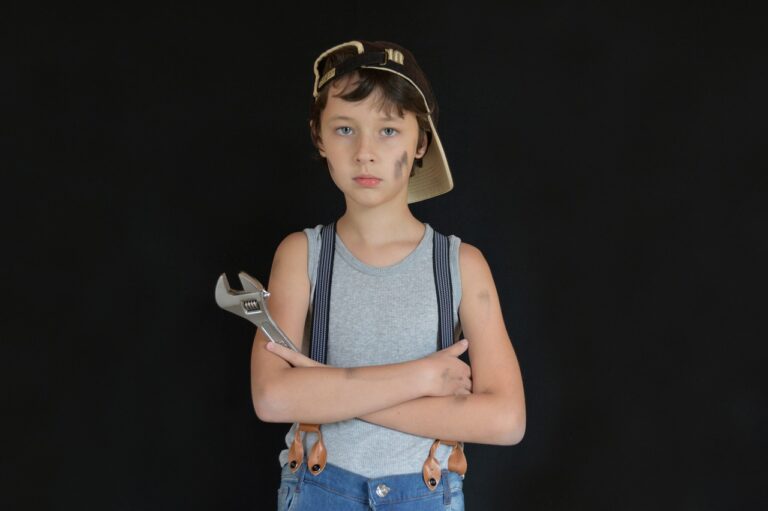Fashion and Gender Fluidity: Breaking Down Barriers in Clothing Choices
Gender fluidity is a concept that challenges the traditional binary understanding of gender as solely male or female. It encompasses a fluid spectrum of gender identities beyond these rigid categories. Individuals who identify as gender fluid may feel that their gender identity changes over time or depending on the context, rejecting the idea that gender is fixed and static.
This fluidity allows individuals the freedom to express themselves authentically, without conforming to societal expectations or stereotypes. Gender fluidity highlights the understanding that gender is a social construct, and that individuals should be free to explore and define their own identities without fear of judgment or discrimination.
The Evolution of Fashion Norms
Fashion norms have undergone a significant transformation over the decades. The traditional distinctions between men’s and women’s clothing have blurred, leading to a more inclusive and diverse sartorial landscape. This shift has allowed for greater self-expression and creativity, challenging the rigid boundaries that once confined fashion choices based on gender.
The evolution of fashion norms has been propelled by a growing acceptance of gender fluidity and nonconformity. Designers are embracing this change by creating gender-neutral collections that cater to individuals of all identities. As society becomes more cognizant of the limitations imposed by traditional gender roles, the fashion industry plays a crucial role in reshaping cultural narratives and promoting inclusivity through clothing.
Challenging Traditional Gender Roles
Traditional gender roles have long been ingrained in society, dictating how individuals should behave based on their perceived gender. However, with the progression towards a more inclusive and equitable society, there is a growing trend of challenging these norms. Individuals are no longer confined to strict gender roles, breaking free from societal expectations and embracing their true identities.
As the world becomes more aware of the diverse spectrum of gender identities, there is a shift towards acceptance and celebration of individuality. This cultural evolution is evident in various aspects of society, from media representation to educational settings. By challenging traditional gender roles, we open up opportunities for everyone to express themselves authentically and without fear of judgment or discrimination.
What does it mean to challenge traditional gender roles?
Challenging traditional gender roles involves questioning and breaking free from societal expectations and norms related to gender identity and behavior.
How has fashion played a role in the evolution of gender norms?
Fashion has been instrumental in challenging traditional gender roles by blurring the lines between masculine and feminine clothing and promoting gender fluidity in style.
Why is understanding gender fluidity important in challenging traditional gender roles?
Understanding gender fluidity helps us recognize that gender is not limited to binary categories, allowing for a more inclusive and diverse approach to gender identities and expressions.
How can individuals challenge traditional gender roles in their everyday lives?
Individuals can challenge traditional gender roles by supporting gender equality, embracing diversity, and advocating for inclusive policies and practices in their communities.
What are some common misconceptions about gender fluidity?
Some common misconceptions about gender fluidity include the belief that it is a phase or a trend, when in reality it is a legitimate and valid experience for many individuals.







